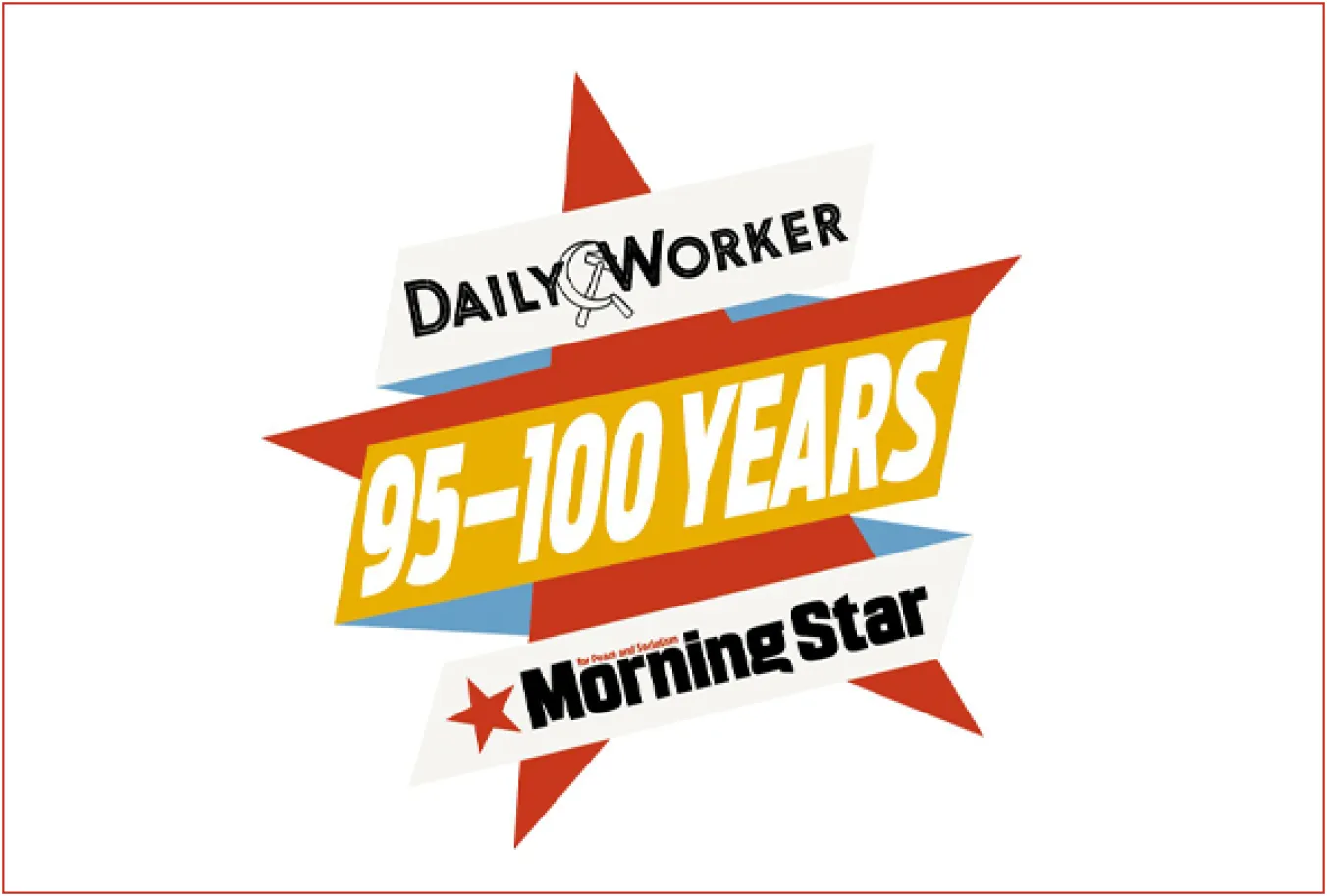MARIA DUARTE picks the best and worst of a crowded year of films

 Ruby Loftus screwing a breech ring
Ruby Loftus screwing a breech ring
SOCIALLY and politically, the impact of the 1917 Bolshevik revolution and creation of the USSR cannot be overestimated. Yet the impact of Soviet art on its British counterpart in the inter-war years and beyond has been undervalued for, while it directly inspired only a minority of British artists and was disparaged by many, the aesthetic and social issues it raised still provoke much debate in art circles.
Initially, Bolshevik experiments such as El Lissitsky and Lyubov Popova’s abstractions made little impact on the rather insular 1920s British art world. But in the early 1930s, avant-garde artists Barbara Hepworth and Ben Nicholson were obliquely influenced by Soviet abstraction through their membership of the international Abstraction-Creation Group which included Soviet artists.
Yet some socially committed artists were troubled by the international avant-garde’s focus on formal innovations, which they saw as individualist elitism which ignored artists’ social responsibility.
They were also appalled by Britain’s mass unemployment and dire social inequalities which contrasted unfavourably with the new worker state’s socio-political achievements. In the early 1930s a few including Cliff Rowe, Betty Rea, Misha Black and Pearl Binder set off for the USSR to see for themselves.
They discovered a dynamic and pluralist art world, where some Marxist artists energetically opposed their own avant-garde’s obscure “abstract concoctions.” Arguing for an accessible, forward-looking art, in 1922 they founded the influential Association of Artists for Revolutionary Russia (AKhRR).
Its realist art celebrated working-class achievements through depictions of contemporary Soviet life in its revolutionary development. Precursors of the method of socialist realism adopted in 1934, their styles ranged from Isaak Brodsky’s precise realism to Alexandr Deineka’s and Kusma Petrov-Vodkin’s moderate absorption of modernism, all of which were readily understandable.
Some British artists had reservations about the styles of Soviet art but all were impressed by Soviet cultural policies. Unlike capitalist societies, which cast artists as individualist outsiders competing for inadequate patronage, the USSR integrated art and artists into society.

NICK MATTHEWS previews a landmark book launch taking place in Leicester next weekend













